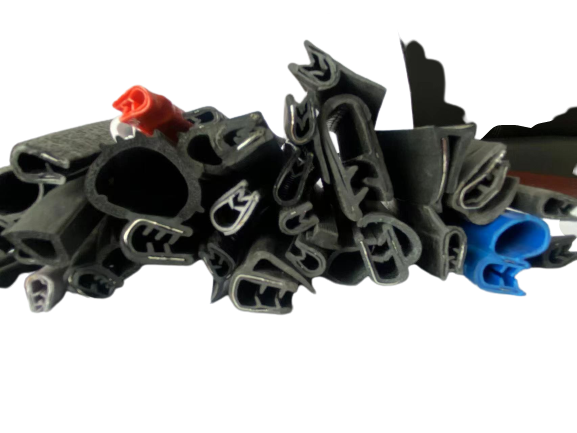Νοέ . 06, 2024 09:46 Back to list
NBR Rubber Plates 1-20mm Custom Sizes for Various Applications
Exploring NBR Rubber Plates The Versatile 1-20mm Product
Nitrile Butadiene Rubber (NBR) has become a go-to material in various industries due to its remarkable properties and versatility. Among its many applications, NBR rubber plates, particularly those ranging from 1mm to 20mm in thickness, have garnered significant attention. This article delves into the features, benefits, and applications of NBR rubber plates, showcasing why they are crucial in modern manufacturing and engineering solutions.
Understanding NBR Rubber
NBR is a synthetic rubber that is well-regarded for its excellent resistance to oils, fuels, and other chemicals. This makes it an ideal choice for applications in the automotive, aerospace, and manufacturing industries. The NBR's durability and elasticity enable it to maintain performance even under harsh conditions, making it suitable for various components, including seals, gaskets, and, importantly, rubber plates.
Features of NBR Rubber Plates
NBR rubber plates are available in various thicknesses, ranging from 1mm to 20mm. This range allows for flexibility and adaptability in numerous applications. Here are some key features of these plates
1. Oil and Chemical Resistance NBR rubber plates are highly resistant to a wide range of oils and chemicals, making them suitable for applications in environments where exposure to such substances is a concern.
2. Durability NBR is known for its toughness and resilience. The rubber plates can withstand significant wear and tear, ensuring longevity in various uses.
3. Temperature Tolerance These plates can operate effectively across a broad temperature range, typically from -30°C to about 100°C. This thermal resilience makes NBR rubber plates suitable for both indoor and outdoor applications.
4. Versatile Thickness Options The availability of various thicknesses (1mm to 20mm) allows manufacturers and engineers to select the ideal plate for their specific application, accommodating different load-bearing requirements and safety factors.
nbr rubber 1-20mm rubber plate product

Applications of NBR Rubber Plates
The applications of NBR rubber plates are diverse, reflecting their multifunctional attributes
1. Automotive Industry NBR rubber plates are commonly used as fuel tank liners, seals, and gaskets in vehicles. Their oil resistance ensures that they can withstand the various fluids they come into contact with.
2. Industrial Equipment In industries reliant on heavy machinery, NBR plates serve as protective mats and pads, helping absorb shock and reduce vibrations. They protect surfaces and enhance equipment longevity.
3. Construction NBR rubber plates are used in construction for waterproofing, flooring, and insulation purposes. Their ability to resist harsh weather conditions makes them an excellent choice for outdoor applications.
4. Aerospace The aerospace sector utilizes NBR rubber plates in various components that require robustness and chemical resistance, ensuring reliability in challenging environments.
5. Medical Field Due to their resistance to disinfectants and various chemicals, NBR rubber plates are also used in medical equipment, providing a safe and effective solution for healthcare settings.
Conclusion
NBR rubber plates, particularly those in the 1mm to 20mm thickness range, exemplify the versatility and effectiveness of nitrile butadiene rubber. Their remarkable properties, including oil and chemical resistance, durability, temperature tolerance, and ease of fabrication, make them invaluable in a wide range of applications. From automotive and industrial uses to construction and aerospace, these rubber plates serve critical roles in enhancing safety, efficiency, and reliability. As industries continue to innovate and seek durable materials, NBR rubber plates are sure to remain at the forefront of modern engineering solutions, catering to an ever-evolving market demand. Whether for heavy-duty applications or more specialized uses, NBR rubber plates keep proving their worth across a multitude of sectors.
Next:




